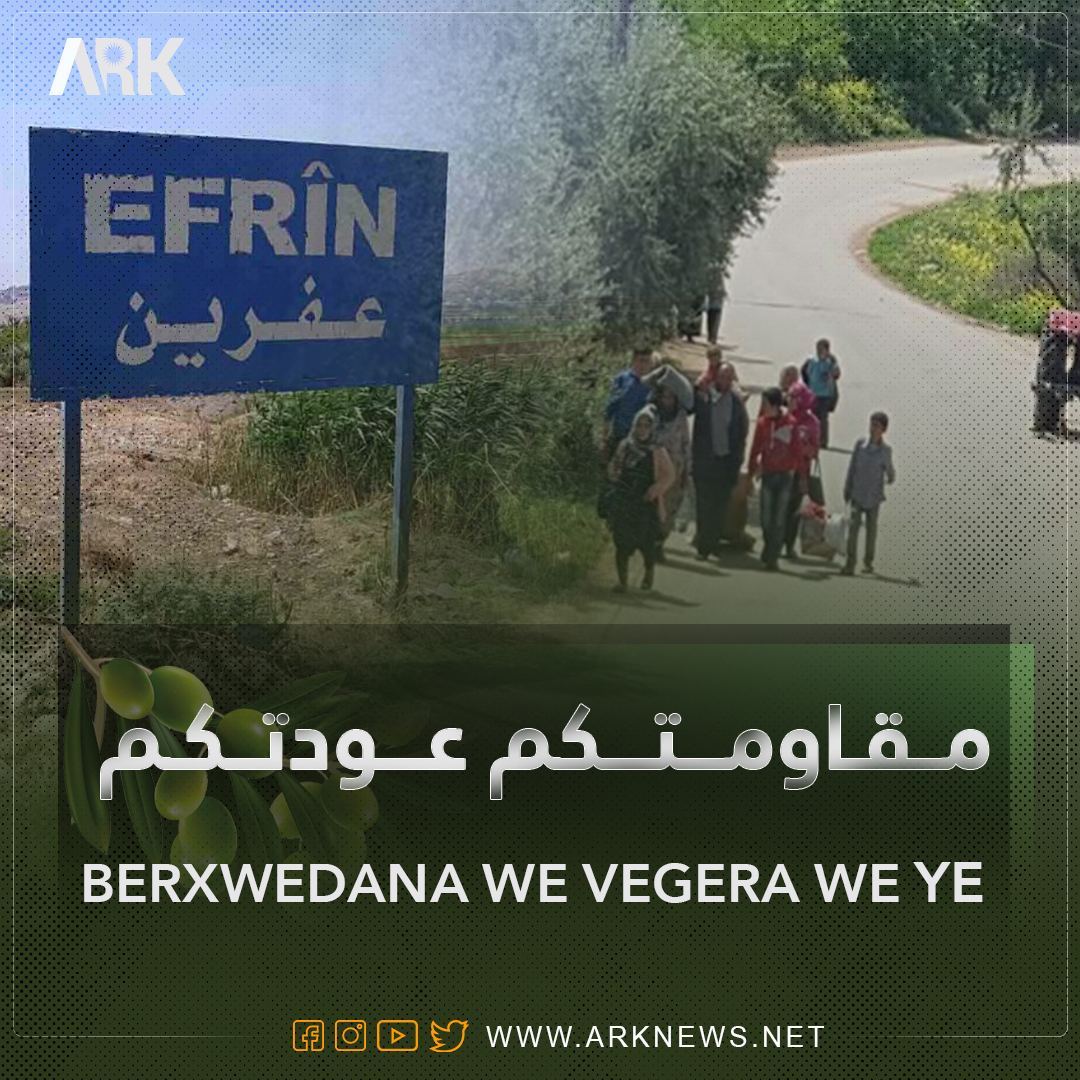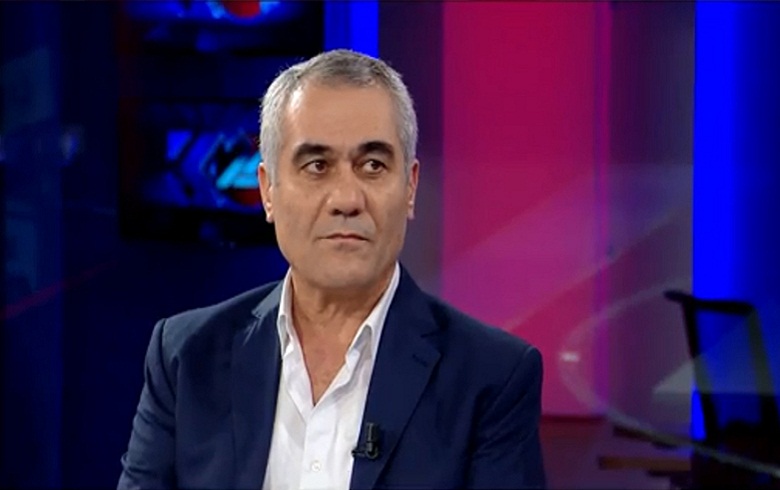
Movements that differ from the 2019 protests... Is this the beginning of the end for the Tehran regime?
ARK News... The current protests are "much larger in scale and have lasted much longer" than the country has seen previously.
The first spark of the recent protests in various parts of Iran was launched in one of the early days of autumn in the Iranian capital, Tehran when the morality police arrested a 22-year-old woman who had come to the capital for a family visit and took her in a van to the police station.
The arrest of Jina Amini on September 13 unleashed a series of events that, a month later, made the religious leadership led by Supreme Leader Ayatollah Ali Khamenei, 83, face one of the biggest challenges since the 1979 Islamic Revolution, but its final outcome is still unknown.
Amini's arrest is an ordeal experienced annually by hundreds of women who are accused of violating the strict women's dress code imposed by the Islamic Republic following the fall of the Shah's regime.
But less than two hours after she was arrested and transferred to the Fozara detention center, Amini fell into a coma. She was soon transferred to Kasra Hospital, where she was pronounced dead on 16 September. Her family and lawyers believe she was fatally hit in the head during her arrest.
Protests outside the hospital began on September 16, shortly after her death was announced, and her funeral at her home in Kurdistan Province on September 17 turned into a protest demonstration that quickly spread across the country.
A month later, the Iranian leadership is still facing the most persistent, taboo-breaking, and diverse protest movement in the history of the Islamic Republic, as well as the first women-led movement.
Leaderless protests
The leaderless protest movement so far shows no signs of abating, as it spreads from the streets to universities, schools, and even oil refineries.
But the regime is also ready to use tools of repression, including the use of lethal force, cutting off the Internet, and mass arrests.
Cornelius Adebahr, a researcher at Carnegie Europe, believes that the current protests may represent "the beginning of the end of the Islamic Republic", but in order to do so, they need to continue and find a leadership structure of some kind.
"Achieving positive change requires much more than constant street protests and calls for sanctions," he adds.
The beginning of the end of the Iranian regime
The protests came amid popular discontent over economic hardship and accusations of corruption that have prompted separate demonstrations in recent months.
The protests reached the capital, Tehran, Tabriz (north), the historic cities of Isfahan and Shiraz, the city of Mashhad, from which Khamenei hails, and the Caspian Sea provinces.
Iran has seen waves of protest in recent years — notably in 2009 over disputed election results and in 2019 over sudden energy price hikes — but none have threatened the foundations of the Islamic Republic established by Ayatollah Ruhollah Khomeini in 1979.
Movements that differ from the 2019 protests
"The uprising began as a response to restrictions on women's dress and behavior in public places...but it evolved into a campaign to overthrow the regime," the US-based Soufan Center said in a research study.
Anti-regime slogans such as "Death to the Dictator" is not new in Iran but were not previously used on such a large scale... Women removed the veil and some of them burned it, and pictures of Khamenei and symbols of the regime such as the late commander of the Revolutionary Guards, Qassem Soleimani, were defaced and burned.
Videos showed protesters standing up to security forces and resisting arrest, burning police cars, and sometimes even setting up roadblocks.
The deaths of young women in the protests, such as Nika and Sarina Ismail Zada, both aged 16 and whose families say they were killed by security forces, led to the emergence of new protest symbols alongside 22-year-old Amini.
The protests have also refuted the idea that Iranian politics is limited to a battle between the so-called reformist and conservative elements within the regime, and diverted international attention away from talks with Iranian leaders over the country's nuclear program.
"The protesters have changed the dominant discourse by demanding real change. They are saying no to the entire political system," says Shadi Sadr, director of the UK-based organization Justice for Iran.
In her view, the current protests are "much larger in scale and have lasted much longer" than the 2019 protests, in which fewer cities and mainly lower-class demonstrators took part.
A topic you care about? Over the course of a month of women-led protests in the country, the first 'cracks' have begun to appear among the Iranian political elite,... Report: Iran's protests are causing 'cracks' between the ruling elite Report: Iran's protests are causing 'cracks' among the ruling elite the event.
"The time has come to think about the post-Islamic Republic," said Reham El-Wendy, a professor at the London School of Economics, stressing that "reform is no longer possible."
Precedents for "no optimism"
But as in 2009 and 2019, the authorities resorted to force. The Oslo-based organization "Human Rights in Iran" says the authorities have killed more than 110 people in a wave of protests over the death of Gina Amini across Iran.
At least 90 people were killed in a crackdown on protests in the city of Zahedan (southeast) that erupted after rumors spread that a security official had raped a minor girl.
According to "Amnesty International", the protests are being subjected to "brutal repression" by targeting protesters with live ammunition and birdshot at close range.
Dozens of protesters, dissidents, prominent activists, journalists, lawyers, and even athletes have been arrested in the past weeks, most of whom are still detained.
137
























